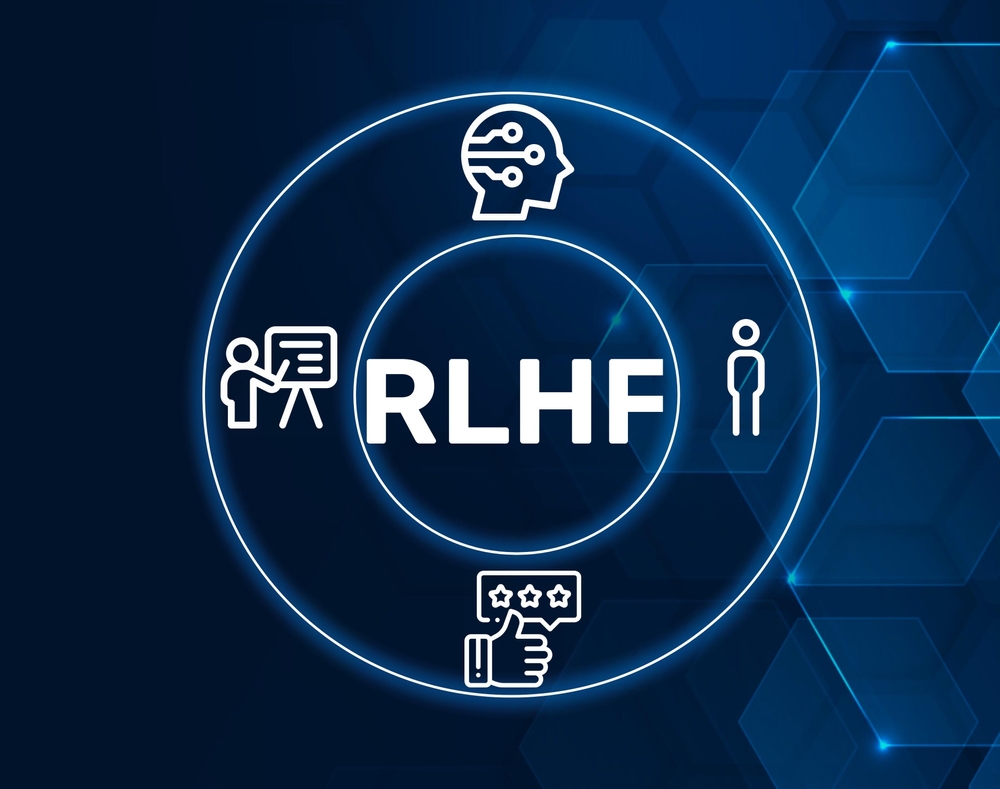
Building an AI model that can generate coherent content is one thing. Building one that performs to expert standards is another challenge entirely. The problem isn’t computational power or training data volume—it’s alignment. How do you teach a machine to recognize the difference between a good response and a great one? The answer lies in feedback from domain experts who can evaluate nuanced performance criteria. Fine-tuning AI models with direct human input has become the key to creating systems that perform tasks that truly serve human needs. Reinforcement Learning from Human Feedback is the breakthrough technique that makes genuine human-AI alignment possible.
